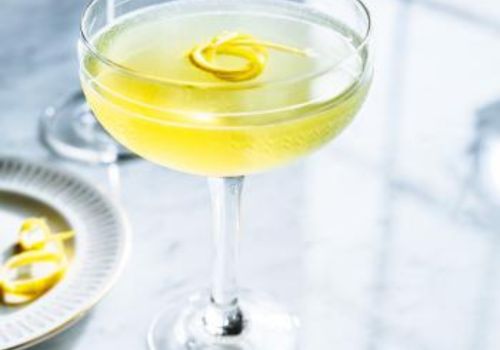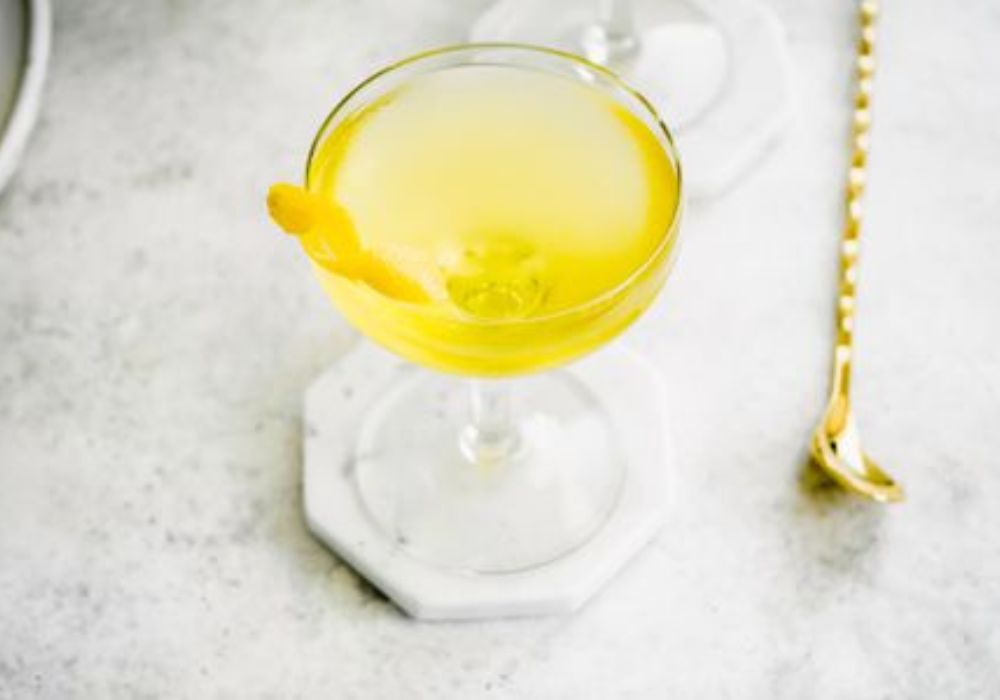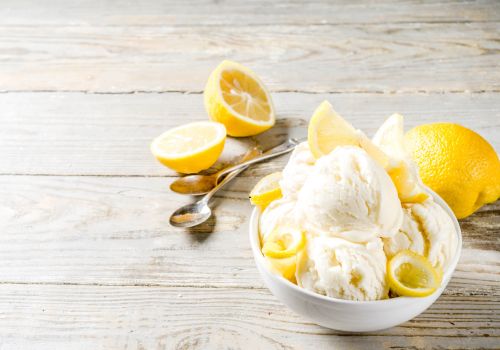
Negroni White
A warm-weather variation of the traditional cocktail is the white negroni. This recipe, which calls for gin, Suze, and Lillet Blanc (or comparable liquors), is sophisticated, slightly sweet, and a little bitter.
In the warmer months, I go for the white Negroni, a contemporary twist on the Negroni cocktail. It’s like changing out your winter coat in the spring. As an all-season liquor, gin lightens the traditional cocktail by substituting other ingredients, making it a refreshing option during the warmer months.
The ruby-red Campari is replaced with a lighter-hued bitter liqueur, and the rich sweet vermouth is replaced with white vermouth, but the gin remains the same, and the basic flavor components are the same as in a negroni.

The White Negroni History :
Although variations of classic drinks have existed for as long as the classics themselves, the white negroni is a contemporary version developed at the beginning of the twenty-first century by UK bartender Wayne Collins and Plymouth Gin representative Nick Blacknell. The French components were difficult to find outside of France, so I made this while traveling.
The drink helped make the components available in other nations and took around ten years to gain popularity. The white negroni gained popularity as a result of both a renewed interest in traditional beverages and its increased appearance on cocktail menus. It’s undoubtedly one of my favorite cocktail variations.
Making a White Negroni
Despite its name, the white negroni is not truly white; rather, the color varies according on the liquor used, ranging from a pale yellow to a more bright yellow.
Suze, a bittersweet yellow liqueur that gives the cocktail a hint of sunlight, is my choice for the drink’s bitter component (which replaces Campari in the traditional recipe). Gentian root is responsible for the bright yellow-orange hue and the bitter taste.
Lillet (pronounced lee-LAY) Blanc, a concoction of French wine, citrus liqueurs, and botanicals, is the other classic component of a white negroni. The flavor of this fortified wine, which takes the place of sweet vermouth, is mildly citrusy and herbaceous, with a hint of bitterness toward the end.
If your local liquor store doesn’t have both of these ingredients, I’ve included substitutes below in case you have any problems finding these bottles.

Simple Ways to Change Ingredients
Try these other bottles if you can’t find Suze and Lillet Blanc at your neighborhood grocery. Remember that you can always contact your neighborhood retailer to ask about ordering a bottle.
Suze substitutes:
Bitter Bianco Luxardo
Cocchi Americano
Merchants
French liqueurs
Alternatives to Lillet Blanc:
You can also use Cocchi Americano here!
Blanc Dolin Vermouth
Bianco Cinzano Kina Vermouth L’Aéro d’Or:
Wines with added nutrients

Negroni White
Three minutes for preparation
Three minutes in total
One serving yields one drink.
Ingredients
One ounce of gin
3/4 ounce of Suze
3/4 ounce of lemon peel, garnished with Lillet Blanc
Method
Mix the ingredients together:
Combine the gin, Suze, and Lillet Blanc in a mixing glass that is two-thirds full of ice. Stir for 20 seconds or until cool.
Garnish and strain:
After straining it into a coupe glass, add the lemon peel as a garnish.
Facts about Nutrition
161 calories, 0g fat, 6g carbs, and 0g protein





